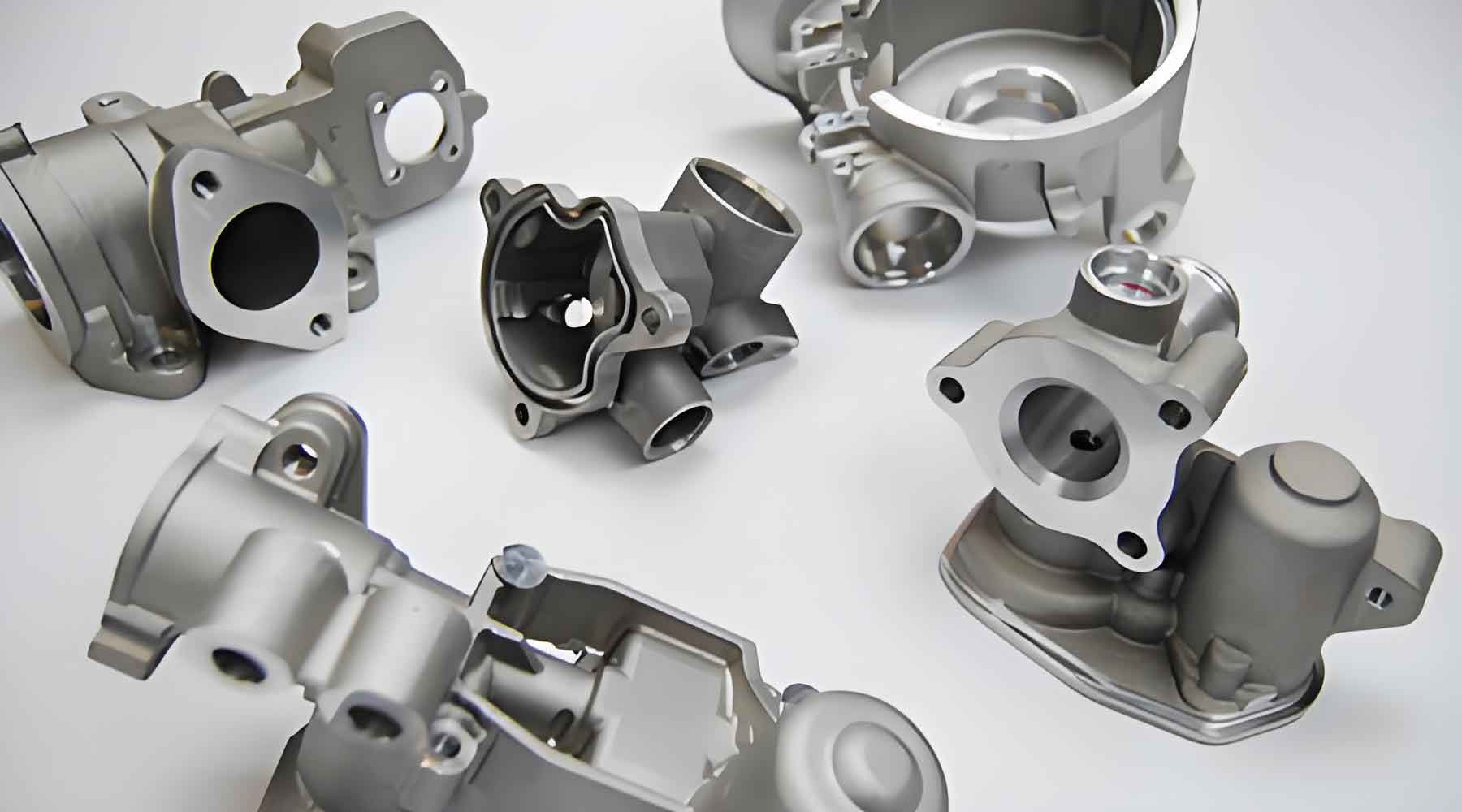Precision investment casting, a critical manufacturing method for complex components like gas turbine blades, traditionally faces challenges in mold dimension calibration due to iterative trial-and-error processes. This study introduces a rapid precision investment casting approach integrating 3D printing and finite element analysis (FEA) to optimize process efficiency and reduce costs.

Rapid Precision Investment Casting Process
The proposed workflow combines fused deposition modeling (FDM) for pattern creation with conventional precision investment casting:
- 3D-Printed ABS Patterns: Gas turbine blade prototypes are fabricated using ABS material via FDM. Key parameters include layer thickness (0.2 mm) and infill density (80%).
- Mold Assembly: Wax gating systems are bonded to ABS patterns to form investment mold clusters.
- Shell Building: Five-layer ceramic shell construction using silica sol binder and refractory materials (Table 1).
- Dewaxing & Sintering: Steam autoclave dewaxing (150°C, 0.6 MPa) followed by shell sintering at 980°C.
- Casting: Pouring of stainless steel (Grade ZG0Cr17Ni4Cu4Nb) at 1,560°C.
| Layer | Binder | Refractory | Grit Size (mesh) |
|---|---|---|---|
| 1 | Silica Sol | Alumina | 70 |
| 2-3 | Silica Sol | Chamotte | 30/60 |
| 4-5 | Silica Sol | Mullite | 16/30 |
Thermal Stress Analysis and Optimization
Shell cracking during sintering was addressed through deformation compatibility analysis. For concentric cylindrical models (ABS pattern radius $r_p$, shell thickness $t_s$), the thermal stress equilibrium equation is:
$$ \alpha_p \Delta T – \frac{\sigma_p}{E_p} = \alpha_s \Delta T + \frac{\sigma_s}{E_s} $$
Where:
$\alpha$ = thermal expansion coefficient
$\Delta T$ = temperature change
$\sigma$ = thermal stress
$E$ = Young’s modulus
Subscripts $p$ and $s$ denote pattern and shell respectively.
FEA simulations revealed maximum von Mises stress concentrations at blade trailing edges (Figure 1). Critical parameters from FEA:
| Material | $E$ (MPa) | $\alpha$ (×10⁻⁶/°C) | Poisson’s Ratio |
|---|---|---|---|
| ABS | 1.0 | 92 | 0.43 |
| Shell | 630 | 4 | 0.26 |
Process Enhancements
Three optimization strategies improved precision investment casting outcomes:
- Geometric Modification: Increased trailing edge radius from 0.8 mm to 1.2 mm reduced stress concentration by 37%.
- Pattern Optimization: Honeycomb internal structure (50% density) decreased ABS thermal expansion forces.
- Shell Reinforcement: Increased shell layers from 5 to 6 with final layer using 12-mesh zircon sand.
The optimized precision investment casting process achieved dimensional accuracy of CT7/ISO 8062 with surface roughness Ra ≤ 6.3 μm. Cycle time reduction of 58% compared to traditional methods demonstrates the effectiveness of integrating 3D printing and computational analysis in precision casting applications.
$$ \text{Casting Yield Improvement} = \frac{V_{opt}}{V_{conv}} = \frac{9.11 \times 10^6}{1.10 \times 10^7} \approx 0.83 $$
This 17% volume reduction significantly enhances material efficiency in gas turbine blade manufacturing through precision investment casting optimization.
